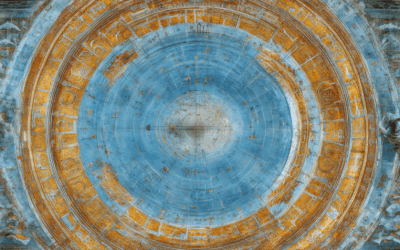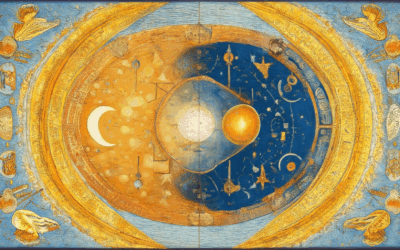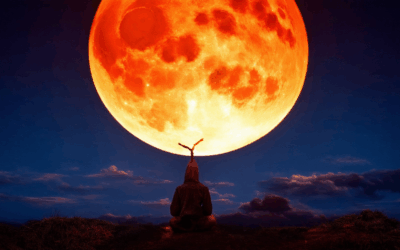Throughout human history, the moon has captivated us with its enigmatic presence, its cycles dictating tides and influencing human behavior. This celestial body, often seen as a reflection of the Earth’s emotional landscape, holds profound spiritual significance. From ancient civilizations to modern times, the moon’s energy has been revered for its ability to inspire transformation, balance, and introspection. In this exploration, we delve into the spiritual effects of the moon, uncovering how its phases, cycles, and energies shape our emotions, relationships, and personal growth. By understanding the moon’s influence, we can harness its transformative powers to foster harmony and enlightenment in our lives.

What is the Spiritual Effect of the Moon?
The moon has long been revered for its profound spiritual influence, serving as a mirror reflecting the divine feminine wisdom within us. Its phases align with the cyclical nature of life, offering guidance and emotional resonance.
The New Moon
The new moon marks a fresh beginning, symbolizing rebirth and renewal. It encourages setting intentions and embracing change, resonating with the energy of Aries, the sign of new beginnings. This phase is ideal for manifesting desires and seeking clarity in life’s uncertainties.
The Full Moon
The full moon reaches its peak luminosity, representing wholeness and completion. It is a time for gratitude, reflection, and releasing old patterns. This phase harmonizes spiritual and physical energies, fostering balance and emotional fulfillment.
The Crescent Moon
The crescent moon, appearing as a growing curve, embodies growth and intuition. It signifies the emergence of new potentials and spiritual awakening. During this phase, individuals often experience heightened sensitivity and a deeper connection to their inner guide.
The Gibbous Moon
The gibbous moon, nearly fully visible, reflects the process of letting go. It teaches trust in the unseen and faith in the transformative power of surrender. This phase aligns with the sign of Sagittarius, encouraging adventure and spiritual exploration.
By attuning to the moon’s phases, we align with the natural rhythm of life, finding harmony between our personal journey and the cosmic tides. Understanding these spiritual effects allows us to navigate life’s ups and downs with grace and purpose.
What Kind of Energy Comes from the Moon?
The moon primarily generates energy through its gravitational influence on Earth’s oceans, resulting in tidal forces. This energy is captured by tidal power plants, which convert the motion of ocean waters into electricity. Here are the key methods:
- Tidal Barrages : These structures are built across river mouths, trapping seawater during high tide and releasing it during low tide to drive turbines.
- Tidal Stream Generators : These devices are placed in fast-moving tidal streams, extracting energy from the kinetic motion of the water.
- Lunar Cycles : The moon’s gravitational pull creates predictable tides, making tidal energy a reliable renewable source.
While the moon itself doesn’t emit energy, its gravitational effects on Earth’s oceans are the primary source of lunar-derived energy.

How Does the Moon Affect a Person?
The moon’s gravitational pull has a significant impact on Earth’s tides, but its influence on human beings is less direct yet intriguing. While the moon’s effects on the Earth are well-documented, its impact on individuals remains a subject of curiosity and debate.
Physical Effects
- The moon’s gravity causes ocean tides, which are essential for many marine ecosystems and indirectly influence weather patterns.
- Some studies suggest that the moon’s phases may subtly affect human behavior, though the evidence remains anecdotal.
- During a full moon, or “Blood Moon,” certain individuals report heightened emotions or sensory awareness, a phenomenon often linked to folklore and spiritual beliefs.
Emotional Influence
- Many people believe the moon’s cycles correlate with mood swings, leading to increased irritability or emotional sensitivity during certain phases.
- Research indicates that the moon’s light may influence sleep patterns, potentially affecting mood through its impact on circadian rhythms.
- Spiritual traditions often associate the moon with intuition and emotional release, suggesting a deeper connection between the lunar cycle and human psychology.
Spiritual and Cultural Significance
- In many cultures, the moon is revered for its role in shaping life cycles and influencing human behavior, as seen in traditions like the Blood Moon Prophecy.
- The Blood Moon Prophecy delves into the spiritual implications of lunar events, offering insights into personal growth and life navigation.
- Astrology and celestial events are often interpreted as signs or omens, reflecting humanity’s ancient fascination with the moon’s power over the Earth and its inhabitants.
While the moon’s direct impact on individuals remains debated, its cultural and spiritual significance continues to captivate us, reminding us of the intricate dance between nature and human experience.

How to Use the Moon for Spirituality
The moon has long been revered for its mystical properties, offering a unique connection to the spiritual realm. Here’s a guide on how to harness its energy effectively:
1. Prepare During the Full Moon
The full moon is considered the most potent phase for spiritual work. Cleanse your space and set your intentions before the moon rises. This is an excellent time for rituals, meditation, and energy alignment.
2. Engage in Moon Rituals
Performing rituals during the full moon can amplify your intentions. Some popular practices include:
- Moonwater collection for hydration and spiritual cleansing
- Blessing seeds or plants under the moonlight
- Writing down your desires and burying them beneath the moon
- Singing or chanting under the full moon
3. Use the Moon for Meditation
Find a quiet spot outside under the moonlight and focus on your breath. The moon’s energy can help deepen your meditation practice, fostering introspection and emotional release.
4. Embrace the New Moon
The new moon is a time for new beginnings and fresh starts. Spend time reflecting on what you wish to release and set intentions for the coming month. This phase is ideal for manifesting new goals.
5. Incorporate Lunar Energy Daily
Even on non-full moon nights, spend time connecting with the moon’s energy. Consider its position in your birth chart to understand its influence on your daily life.
Resources for Deepening Your Practice
For more insights and guided practices, explore Blood Moon Prophecy and AstrologyWise . These platforms offer detailed analyses and guidance tailored to your spiritual journey.
By aligning your actions with the moon’s cycles, you can tap into its profound spiritual energy and transform your life in meaningful ways.
What Not to Do During a Full Moon
- Avoid New Beginnings – The full moon signifies the end of a lunar cycle, making it an unfavorable time for launching new projects or starting relationships.
- Refrain from Medical Procedures – Some cultures advise against undergoing surgery or invasive treatments during a full moon due to its strong energetic influence.
- Don’t Cut Hair or Nails – Traditional beliefs suggest avoiding haircutting to prevent interrupting natural growth cycles associated with the moon’s phases.
- Hold Off on Planting – Gardening enthusiasts are often advised to delay planting during the full moon to avoid attracting pests and disrupting plant growth.

The Power of the Moon
The moon exerts a significant gravitational pull on Earth, influencing various aspects of our planet and its ecosystems. Here are the key ways the moon demonstrates its power:
- Tidal Forces : The moon’s gravitational force creates tidal movements in the oceans, causing rises and falls in sea levels. These tides play a crucial role in shaping coastal ecosystems and influencing marine life.
- Animal Behavior : Many animals rely on the moon’s cycles for survival. Birds use the moon for migration and navigation, while marine animals often time their breeding and feeding based on the lunar phases.
- Light and Navigation : The moon’s light provides illumination for many creatures, aiding in navigation and hunting. Its presence also influences plant growth patterns, indirectly impacting food availability for herbivores.
- Agricultural Influence : Farmers historically used the moon’s phases to schedule planting and harvesting, believing its cycles mirrored the growing cycles of plants. This practice has roots in ancient civilizations that studied lunar patterns.
- Ecliptic Events : Lunar eclipses, though rare, hold significant cultural and scientific importance. They were once feared and are now studied to gain insights into Earth-Moon dynamics and celestial phenomena.
- Meteorological Impact : The moon’s position influences weather patterns, contributing to storm systems and high tides. This understanding aids in weather forecasting and disaster preparedness.
The moon’s power extends beyond its immediate gravitational effects, shaping life, culture, and natural processes. Its influence is evident in both the natural world and human history, making it a fascinating subject of study and admiration.





0 Comments